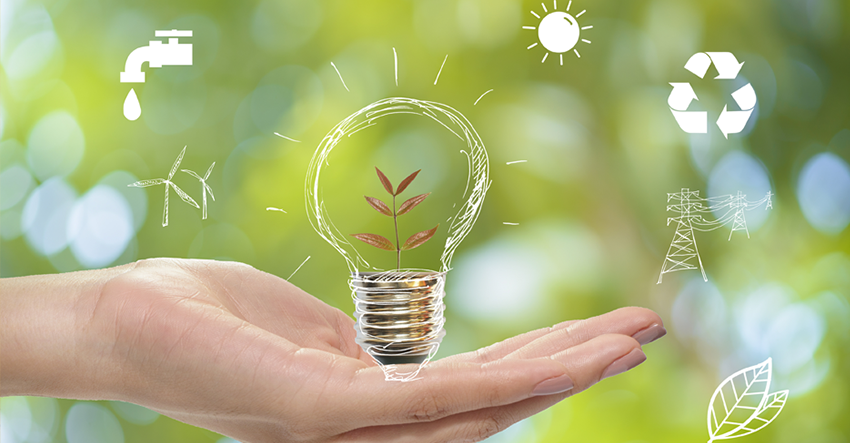
Here are some easy ways you and your family can reduce your energy consumption during this COVID-19 crisis. With everyone staying home 24/7 you could easily see your bill go up due to increased heating and use of electronics and appliances. Use this time together to improve your home’s environment and efficiency. Everybody's home is different, but think of your home "as it is” and try to save energy while retaining comfort. Use whatever tools and materials you already have to avoid having to leave the house to make purchases.
- Go into your yard or outside in the morning or anytime to acclimate to weather, you will be less likely to want to warm the whole house when you are refreshed from the outside. Put on a sweatshirt or dress warmly and lower your heater thermostat a couple degrees or turn it off no lower than 55 degrees.
- Check your weatherstripping on windows and doors, tighten up what you can. Unblock and vacuum furnace registers.
- Free flowing furnace registers are important to maintain peak efficiency of your heating system. Move furniture and clutter away from your furnace registers to ensure even heating in your rooms. Vacuum any build-up on the registers to ensure free air flow. Also, if floor registers come up easily, pull up & check for debris, and gently vacuum out the duct as needed, being careful not to damage the duct. Inspect furnace filter and replace if it’s dirty and you have a spare. Free flowing furnace filters are critical for maintaining peak efficiency of your heating system.
- Explore hobbies and pastimes that don’t require power, like gardening, reading a book, playing board games, or playing acoustic music.
- Use the most efficient cooking appliances. Using the microwave or toaster oven for smaller servings is more efficient than a conventional oven. Pressure cookers are efficient because they reduce cooking time; make sure all the safety features are working properly. Cover pots and pans while cooling. Let leftovers cool before putting them in the fridge.
- Turn off the heated dry setting on the dishwasher. Just open the door when its done and allow dishes to air dry.
- Vacuum the coils on your refrigerator. Keeping the coils clean increases the efficiency of your fridge. Keep adequate "breathing room" around the fridge. Unplug that second fridge or freezer if you can fit everything into one unit.
- Also, on the fridge & freezer, be sure to check the door seal is tight all around. Keep refrigerators away from heat sources. A freezer that is colder than necessary is wasting energy. Adjust your freezer setting to maintain 0-5° F. Set fridge temp to 37-40° F. A fridge that is colder than necessary is wasting energy.
- Open the blinds or curtains during the day and turn off unnecessary lights; just use natural light if possible.
- Use task lighting instead of overhead lighting. You’ll use less lights when you only light the area that is directly over your task.
- Turn off electronics that are not in use. Better yet, put them on a power strip and switch off the strip when not in use to avoid phantom loads. Certain electronics like satellite TV boxes, DVRs, and routers should not be switched off because they need to stay connected.
- Unplug rechargeable devices when they are done charging.
- Run full loads of laundry. Select the highest spin speed that is appropriate for the fabric you are washing to reduce drying time. Use the most efficient settings on washer & dryer while making sure clothes are safely clean & dry.
- Hang dry your clothes instead of using the dryer. Be sure to clean the lint screen on your dryer after or before every load to improve air flow. Make sure the dryer vent isn't blocked and flows to the outside freely.
